The Art Encounters 2021 Biennial was conceptually structured around the current pandemic context and materializes as a fluid response to this situation, incorporating the relevant themes that contemporary art assimilates today. Titled Our Other Us, this year’s edition proposes an analysis of the projections and mirrors we build about ourselves, about the Other, about ourselves in relation to those around us, in the form of a mental work in progress about the new dichotomous reality of borders and distances and the inner / outer relationship.
Contemporary art aims to place the artist in the position of reimagining the world through a process that begins from within and offers a critical commentary both on the human intimate consciousness and on its external world in which man carries on living. The conceptual structure of the Art Encounters 2021 Biennial revolves around the reconfiguration of the idea of community, of care, of the important dynamics of interpersonal relationships in the context of crisis. The forms of social aggregation that can materialize today and the way in which the self can establish a balance in a problematic climate are discussed. Thus, the exhibitions curated by Kaszia Redisz and Mihnea Mircan propose an x-ray of possible coexistence strategies, as well as a problematization of self-survival in the current coordinates of society. As a curatorial approach, this year’s edition presents two distinct visions developed separately, but brought together under the same conceptual umbrella and, I would even go as far as to say, complementary in the way they enhance each other.
Kasia Redzisz’s curatorial project, How to Be Together, includes two exhibitions: a historical research that analyzes the relationship between artists and nature in the former Soviet bloc, as well as a corresponding contemporary analysis. Thus, the project imagines variations of possible futures starting from a relative time, aiming not to draw definitive fixed solutions, but to reflect on the ecological, economic, political and social systems. The locations where these took place are: Art Encounters Foundation, “Corneliu Mikloși” Public Transport Museum, French Institute in Timișoara and Helios Gallery. The historical exhibition (curated alongside Georgia Țidorescu and located at Art Encounters) focuses on artistic practices from 1965-1985, developed as reactions to the limits imposed by the authoritarian political regimes in Central and Eastern Europe, conceived by escaping in nature and in approaches inspired by land art and ecology. Nature thus becomes a space for avant-garde experiments (there are also references to the practices of the local neo-avant-garde – the Sigma group in Timișoara) and an attempt to raise awareness on environmental issues and existential policies. The historical section is called Seasons End and takes the eponymous title of Marillion’s 1989 album, which materializes as an awareness of climate change and the problematic situation caused by global warming. Seasons End (historical section) is put forward as an extremely “clean” exhibition, with an almost mathematical signage in a classic compartmentalized space. A spectacular exhibition not necessarily through associations, but through the richness of the artistic approaches from artists such as Eugenia Pop, Ana Lupaș, Sigma group, Ștefan Bertalan, Wanda Mihuleac, Agnes Denes, Simona Runcan, Pavel Ilie and others.

Kasia Redzisz – Seasons End – exhibition view Art Encounters Foundation / photo Adrian Câtu
Kasia Redzis’ contemporary section of How to Be Together includes artists who, via their works, view the self in relation to nature and imagine others ways of cohabitation, to come together in the critical social context in which we find ourselves, experiencing concepts such as social responsibility, collectivity and sustainability, ecofeminism, as well as their influence on the existence and process of artistic creation. The exhibition curated by Kasia Redzisz includes, among others, the following artists: Flaviu Cacoveanu, Ndidi Emefiele, Irena Haiduk, Mihaela Hudrea, Suzanne Husky, Nona Inescu, Vlad Nancă, Agata Ingarden, Gizela Mickiewicz, Małgorzata Mirga-Rob, Davinson Selma Selman, Jura Shust, Dardan Zhegrova, Iva Lulashi, Daniela & Linda Dostalkova. The curator’s attention for selecting artists with different discourses was heavily noted: metaphorical approaches to landscape and nature, artists who approach art as a social practice within activist actions, artists who use the relationship between everyday objects and natural materials, industrial processes and organic forms in their creation. The section hosted by the “Corneliu Mikloși” Public Transport Museum, a very specific type of building that defies the white cube, is spectacular through the spatial associations of the works and the labyrinthine structure that is configured between installations and panels. How to Be Together incorporates figurative paintings, video installations, meticulously constructed glass and ceramic pieces, trashy ready-made, sculptural installations made from recycled materials, textile pieces and photography that build visual discourses about new ways of “coming together” in the face of a global and climate crisis. At the French Institute, the site-specific installation Garden (2017) by Wojciech artist Ireneusz Sobczyk organically “invades” the space, imagining a possible apocalyptic scenario in which the human species is replaced by new life forms that take control of the planet.

Kasia Redzisz – Cum să Coabităm /How to Be Together / exhibition view – Museum of Public Transport „Corneliu Mikloși”/ photo Adrian Câtu
Landscape in a Convex Mirror, Mihnea Mircan’s project, was conceived and curated from a distance, thus speculating on the relationship between proximity and distance and the forms it can take in contemporary art: from real or metaphorical maps, to distorted images and panoramic camera shots. The ability to sublimate some external limitations to a starting point in a curatorial concept lays the foundations of a dialogue in which the participants of the exhibition become interlocutors, and the main subject becomes the relationship between approaching / moving away from the self in relation to a problematic and hostile exterior. Thus, we identify a conceptual red thread that links the themes of crisis, disorientation (inspired by the current global situation) and geopolitical and immunological distances. Through the selection of artists and the orchestration of space for their works, the curator achieves a visual balance between static and dynamic images, anchored around the notion of vertigo. The locations where this project took place were ISHO Office, FABER and the ISHO-Info Point Pavilion.
The title of Mihnea Mircan’s project refers to Self-Portrait In a Convex Mirror, Parmigianino’s painting from 1524, making an analogy between the deformed human figure, which expands due to an optical effect and takes over the entire composition, and the fluid contemporary identity, in continuous transformation within the current social context. This work becomes a pretense to insinuate that the convex mirror in the composition’s background reveals the distorted scene of today’s fragmented world. Landscape in a Convex Mirror puts forward space as a center of interest and landscape as a dissection tool for exploring presence and absence, the cracks of historical narratives, the absence of a “figure” and the versatility of self-transformation. This curatorial project presents the works of artists such as Benjamin Bannan, Traian Cherecheș, Gili Mocanu, Sara Culmann, Alice Gancevici & Remus Pușcariu, Adela Giurgiu, Femke Herregraven, Zsófia Keresztes, Flaviu Rogojan, Szabolcs KissPál, Magdalena Łazarczyk, Jean-Luc Moulè , Miklós Onucsán, Laure Prouvost, Ana Prvački, Saul Steinberg, Hito Steyerl, Remco Torenbosch, Achraf Touloub and Bernard Voïta.

Mihnea Mircan_Peisaj în oglindă convexă /Landscape in a Convex Mirror exhibition view – ISHO Office / photo Mihai Toth
The exhibition at ISHO Office was impeccable, absolutely spectacular and my favorite location throughout the Biennale, with remarkable works such as the multimedia installation by artist duo Alice Gancevici & Remus Pușcariu, The Predictive Conditional (2021), the sculptural pieces by Zsófia Keresztes, Smallest in Common (2019), Adela Giurgiu’s precious paintings, Interior Landscape (2020), Julijonas Urbonas’ Planet of the People (2019) animations, Untitled (instruments for an empty theater) (2019), Achraf Toulob ‘s refined compositions, Traian Cherecheș’s organic installation, Larva Eggs (2021), Gili Mocanu’s metaphysical compositions, Broken Column (2010), Femke Herregraven’s multimedia installation, Diving Reflex (Because We Learned Not To Drown We Can Sing) (2019), and others. The FABER space hosted several works by artist Miklós Onucsán, including the series Sometimes the sky is blue like millimeter paper (Clouds with millimeter precision / Milimetrically deformed clouds) (2020), with a distinct visual poetics – a mapping for states of being. The ISHO-Info Point pavilion presented the One Day the Day Will Come When the Day Will Not Come video program, designed in partnership with Neuer Berliner Kunstverein n.b.k. Video-Forum, Berlin. It included videos analyzing the relationship between biography and metamorphosis, by artists such as Larisa Crunțeanu, Hans van Houwelingen, Sven Johne, Pauline Jullier, Melissa Liebenthal, Nicholas Mangan, Ciprian Mureșan, Cristian Rusu, Susan Schuppli, along with a selection from the Neuer Berliner Kunstverein n.b.k. collection.
The performance conceived by Manuel Pelmuș (with sound design by Ion Dumitrescu) for Landscape in convex mirror (curated by Mihnea Mircan) is part of a long-term project entitled Permanent Collection, and took place at the “Corneliu Mikloși” Museum of Public Transport, in the same space where Kasia Redzisz’s exhibition was located, a few weeks after the official opening of the Biennale. Through his practice, the artist investigates the relationship between performance and the visual arts. The performative work for the Biennial describes corporeal and critical events over a sonorous background with acoustic effects and a monologue by Pelmuș, which reflects on the notions of distance and detachment. These concepts took the shape of interactions with the exhibition space and the works exhibited there, as a silent dialogue with the Biennale’s visitors.

Manuel Pelmuș_performance Permanent Collection, with Mihai Mihalcea_Museum of Public Transport „Corneliu Mikloși” (part of Peisaj în oglindă convexă/Landscape in a Convex Mirror, the project of Mihnea Mircan / photo Mihai Toth
The Secret Wing exhibition, hosted by the National Museum of Art Timișoara, is the collaborative endeavor between international curator (of Romanian descent) Maria Rus Bojan and poet, theorist and translator Bogdan Ghiu, focusing on the coherent intersection between word and image, between poetry and contemporary art. The exhibition materializes one of the Biennale’s collateral projects, an experiment in terms of the potential of language and its versatile transformations into different forms of art. The Secret Wing is named after a series of poems by the prematurely departed poet Mariana Marin, an emblematic author of 80s generation in Romania. Her writings suggested a spiritual and moral resistance to the authoritarian regime, tracing mental correlations with the existential situation of Anne Frank, the little girl who managed to survive World War Two by writing, hidden in a house in Nazi-occupied Amsterdam.
Bojan and Ghiu’s curatorial endeavor evokes and resurrects the spiritual resources of the arts from the perspective of the 80s, a crucially historical, political and cultural period following the changes after the fall of communist regimes in Eastern and Central Europe and the fall of the Berlin Wall. Thus, the visual artworks produced in recent decades are symbolically likened to a “secret wing” born out of historical sedimentation, enhanced by the productivist urgency of contemporary art. The artist selection for this exhibition was based on the associations of proximity and distance – visually and conceptually – established between historical and contemporary artists: Ion Bitzan, Constantin Flondor, Peter Jecza, Octav Grigorescu, Ulay, Sophie Calle, Ioana Nemeș, Anselm Kiefer, Marlene Dumas, Traian Cherecheș, Gherasim Luca, Cornel Brudașcu, Alin Bozbiciu, Simion Cernica, Ioan Sbârciu, Iulia Nistor, Ioan Aurel Mureșan, Viviane Sassen, Marcel Broodthaers, Vlad Basarab, Kathrin Schlegel and others.

Maria Rus Bojan & Bogdan Ghiu – Secret Wing exhibition view – Museum of Art Timișoara / photo Petru Cojocaru
The Secret Wing thus becomes a metaphor for our inner mechanisms of survival, a sublimation of the self’s ability to resist and reinvent itself in a hostile and restrictive environment. The poetic character of the works and their ability to show resilience through metaphorical touches outline a refined exhibition, of a meditative nature, which is labyrinthinely revealed to the viewer.
Another notable side event was VIDEO + RADIO + LIVE, which took place at Casa Artelor in Timișoara and represented the joint action of multiple Romanian contemporary art galleries – Catinca Tăbăcaru, Ivan, Plan B, Sandwich, Sector 1 and Suprainfinit – as a collaborative project dedicated to performance and its new facets in the recent pandemic context. These were narrated in real time, in writing and audio, by writer Bogdan Ghiu, as a transgressive gesture that emphasizes the unpredictability of present time. Some of the artworks presented here were: Game Over by Silvia Amancei & Bogdan Armanu, Art is Work – Voices of a Community by APPARATUS 22, Memories implanted in the landscape of everyday life by Alexandru Antik , Red Door Blue Door by Arantxa Etcheverria, On Time by Sanja Latinovic, Medium Bastard Amber by Catinca Mălaimare, Liminal by Rachel Monosov, The Possibility of Purple by Navid Nuur & Adrian Ghenie, Vineyard Slips by Daniela Pălimariu, Public Figure by Mădălina Zaharia & Ryan Ormonde.

VIDEO+RADIO+LIVE Catinca Mălaimare Medium Bastard Amber – Catinca Tăbăcaru Gallery – Casa Artelor in Timișoara / Photo Mihai Toth
This year’s edition of the Art Encounters Biennale offered an extremely consistent and dense perceptual experience for the public, but also proved to be an invitation to contemplation and resilience in the face of the new local and global realities we face. The close / far, inner / outer, self / collective relationships were cleverly and subtly explored in the specifics of the selected works, but also in the visual, spatial and conceptual relationships between them. Our Other Us manages to construct new visions of reality and orchestrate possible interpretive scenarios through a coherent and lush approach, in which the viewer is not lost in a multitude of presented possibilities, but can find himself concept of self as it relates to the other, in a fluid relationship which takies various forms of cohabitation – togetherness – within a conscious, present and honest world. The Biennale’s design, implementation and presentation depended entirely on the new pandemic paradigms that dictates interpersonal approach / distance and labour practices. The concept behind Our Other Us inherently connects with these urgent societal changes in this attempt to x-ray the existential challenges of contemporary man. Thus, despite the many obstacles that threatened the production and exhibition of the Biennale, the vast majority of events took place, some rescheduled and reconfigured, such as the cultural education and mediation programs by My Art Encounters along with the Contrasens Cultural Association: stART-look, listen, think.
Overall, the 2021 edition of the Art Encounters Biennial an extremely well-cohesive and well-thought-out project, with two heterogeneous, coherent and spectacular curatorial approaches, accompanied by remarkable side events, creating an exciting visiting circuit for both professionals in the art field and the general art-loving public – an overall act of endurance and perseverance in the face of the challenges of present day.
POSTED BY
Ada Muntean
Ada is a Graduate of University of Art and Design in Cluj-Napoca and has a PhD in Visual Arts (2019), conceiving a research thesis entitled "The Human Body as Image and Instrument in Contemporary Art....
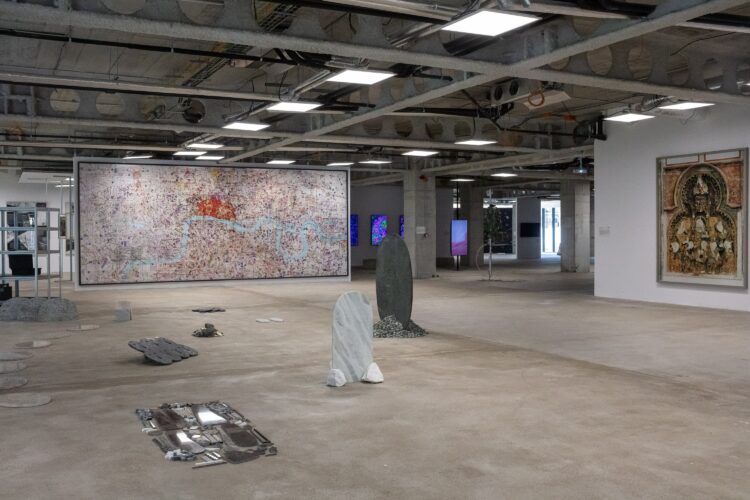
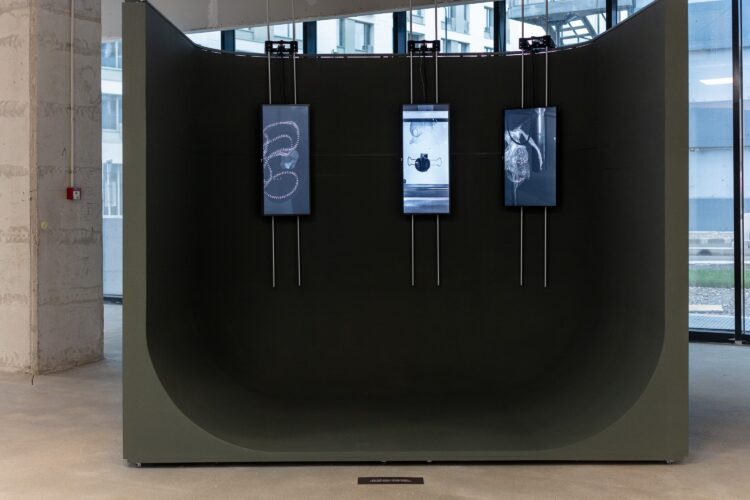
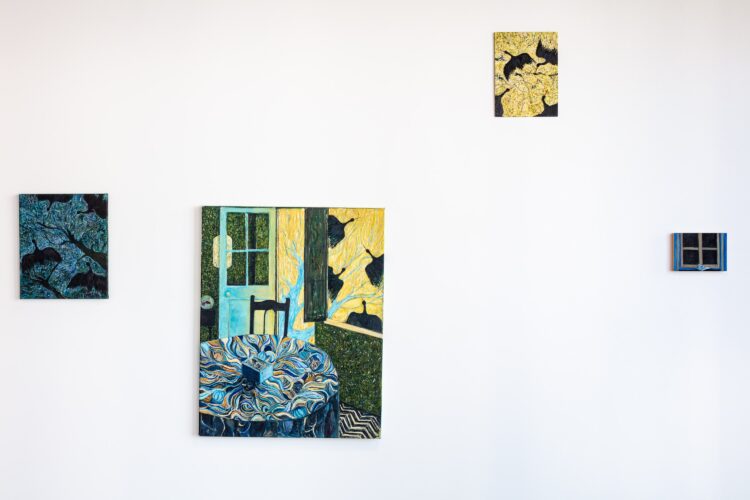


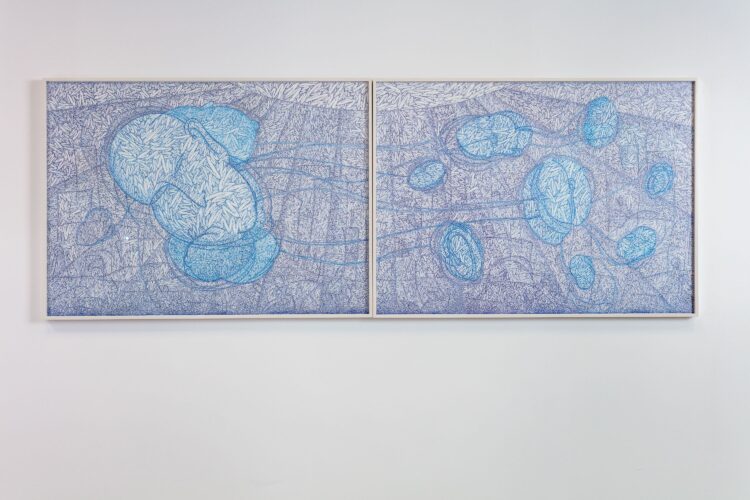




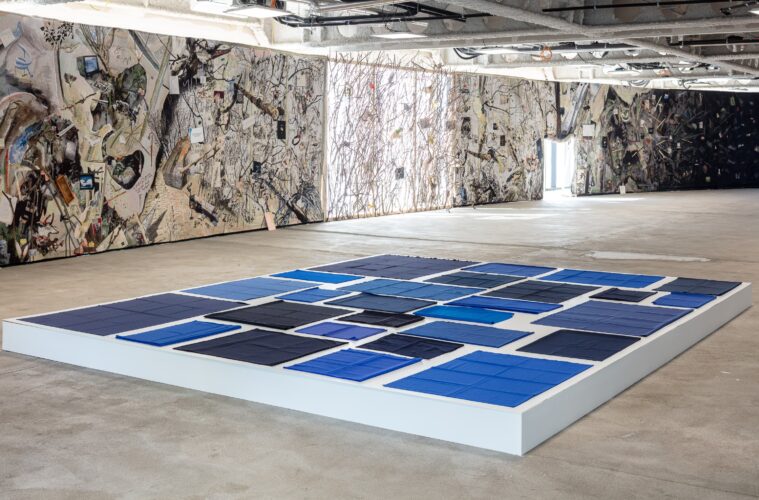

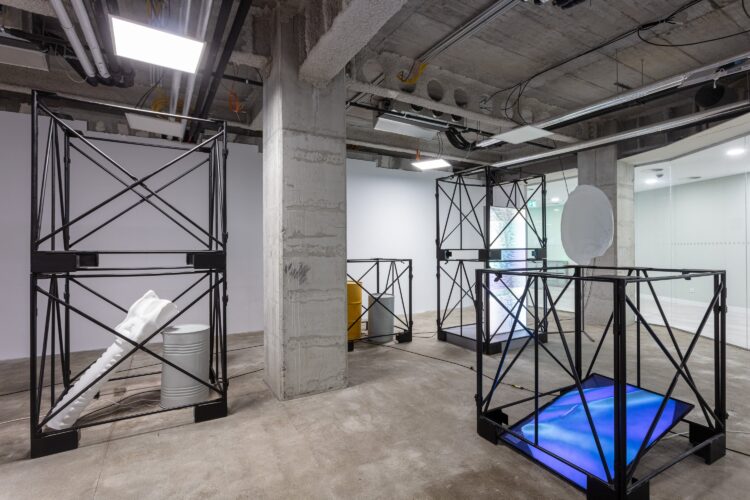
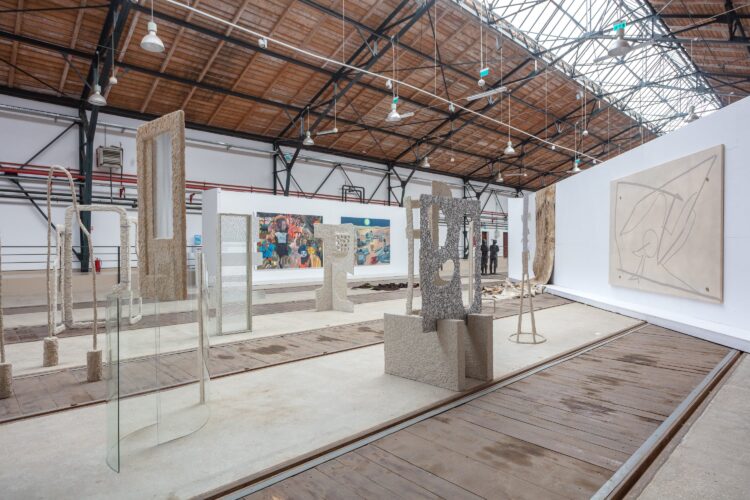
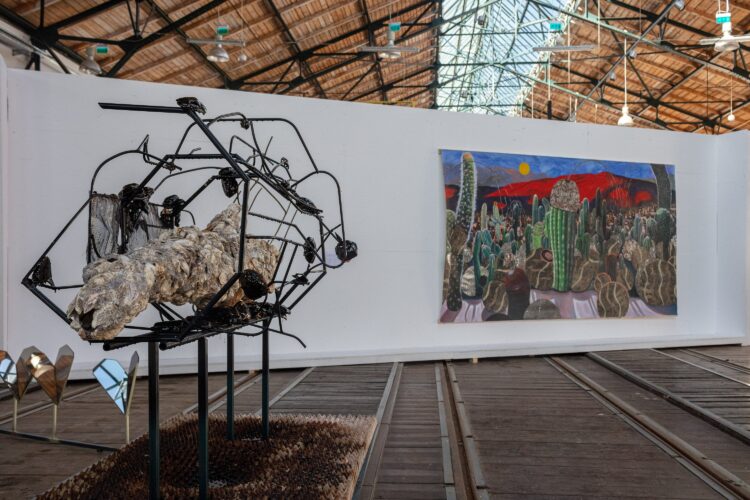
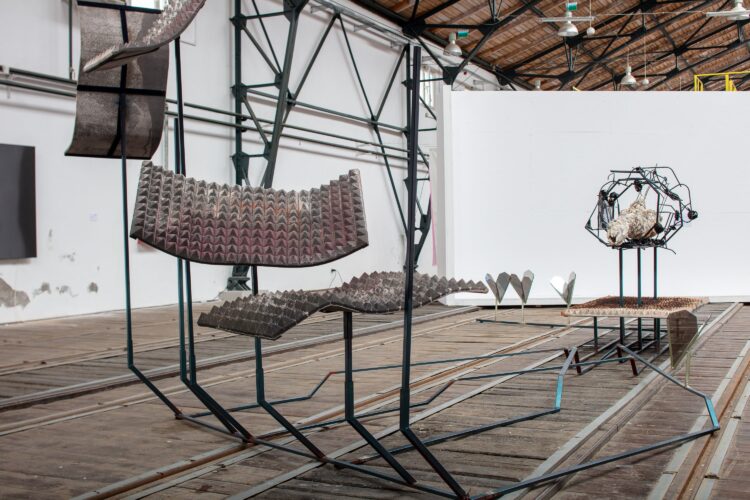
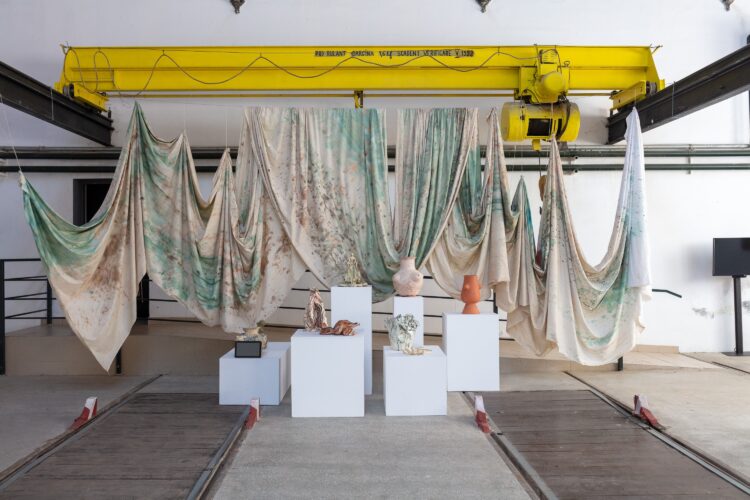


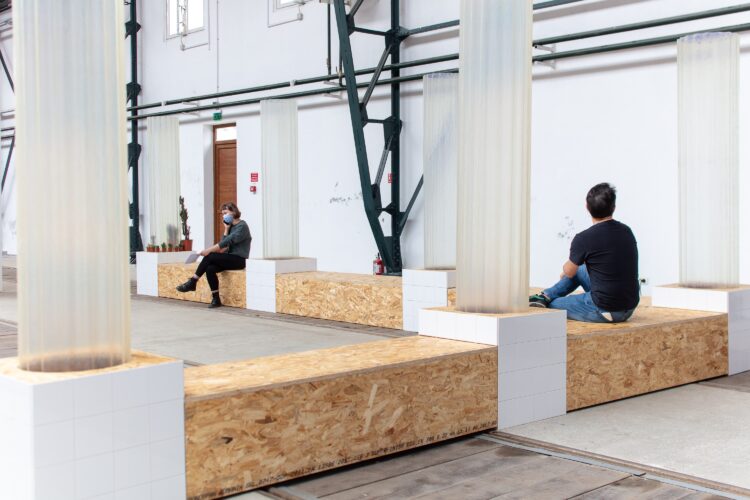
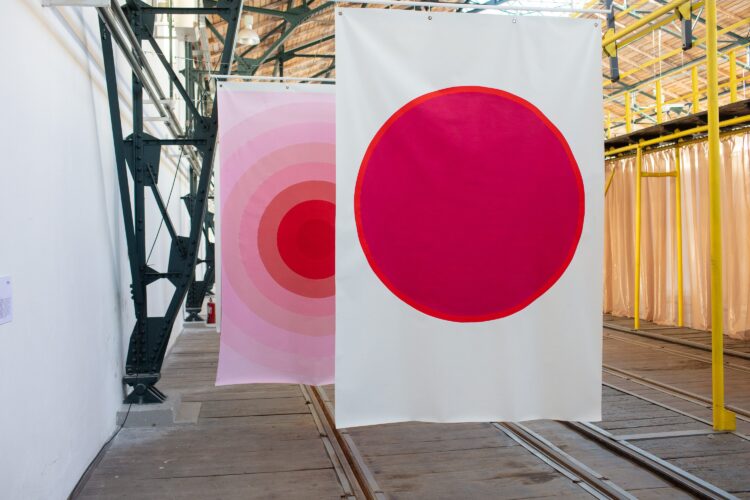
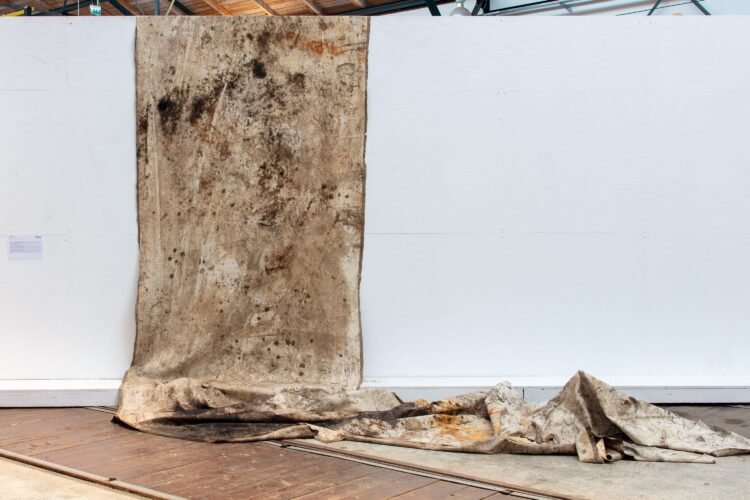

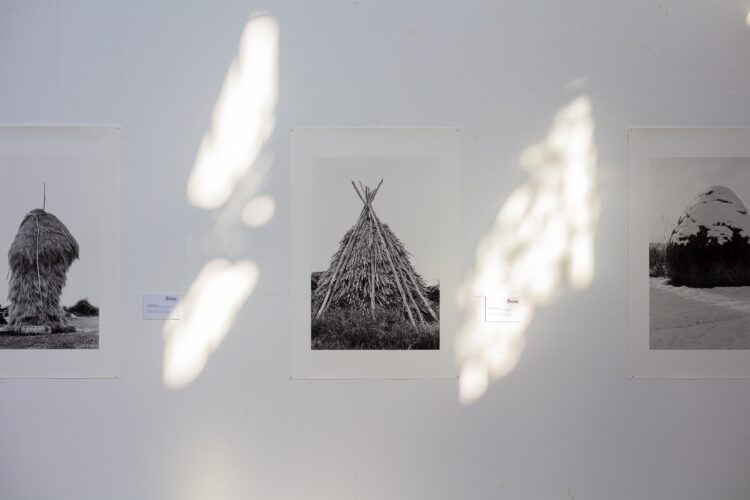
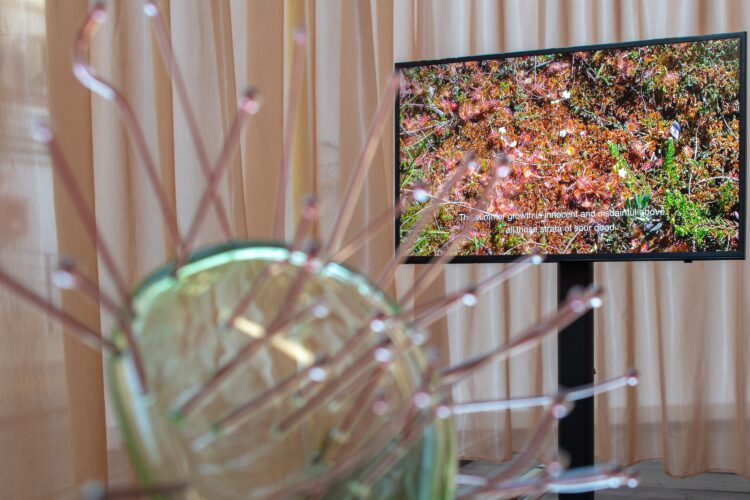
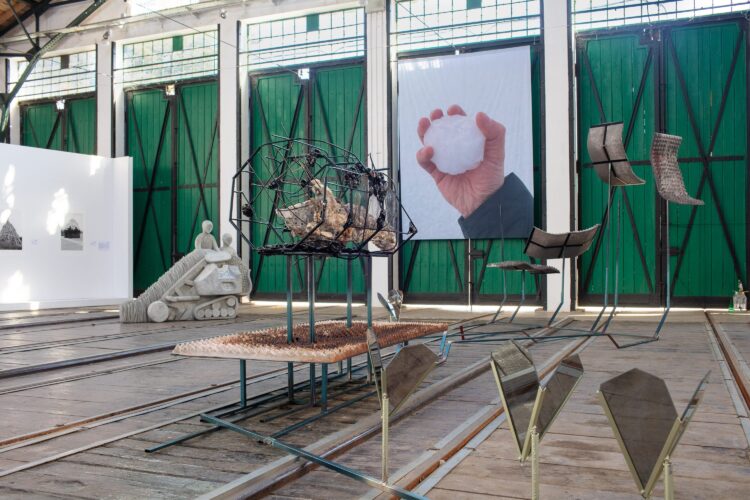

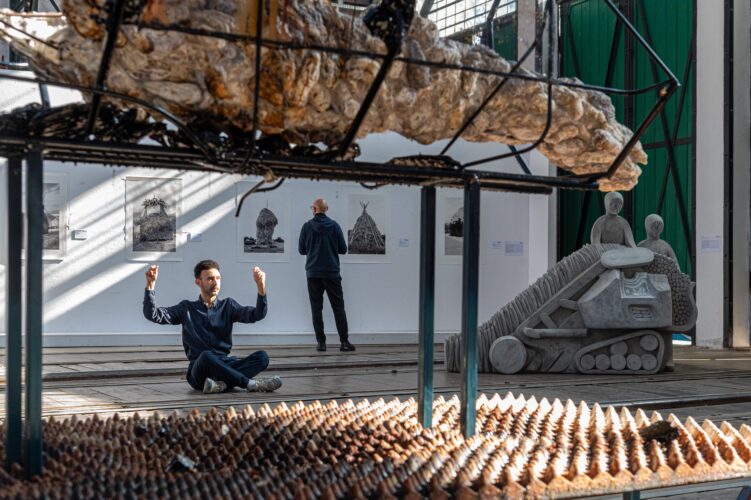
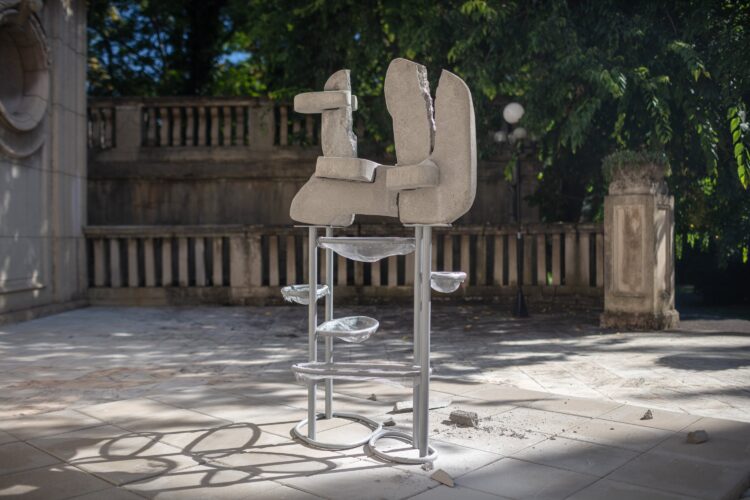
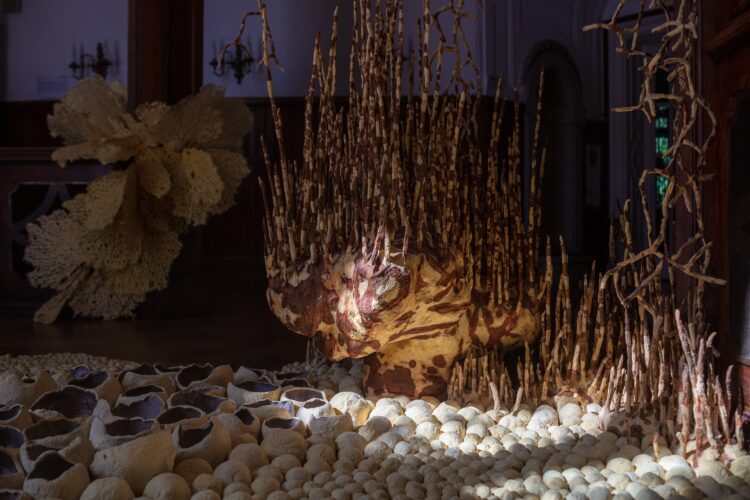




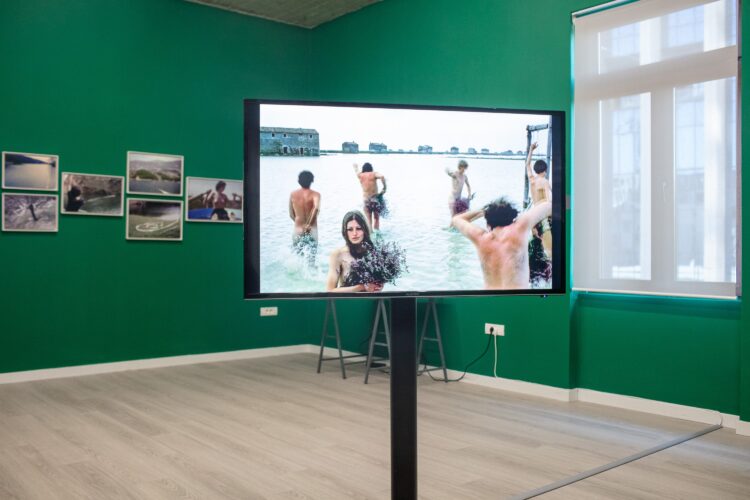

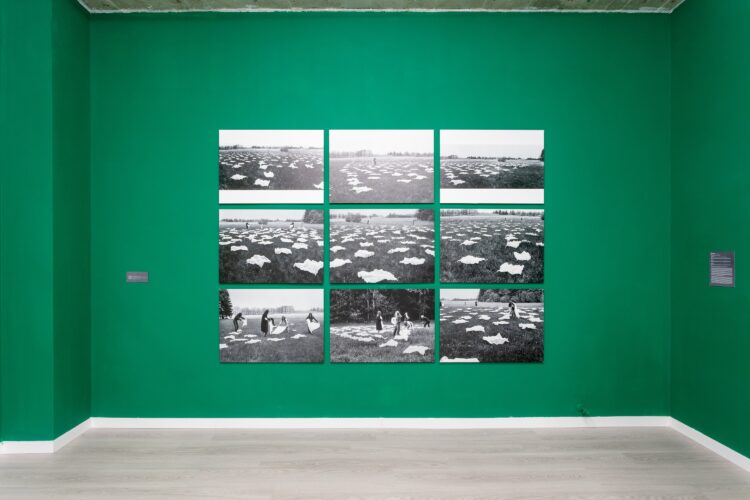

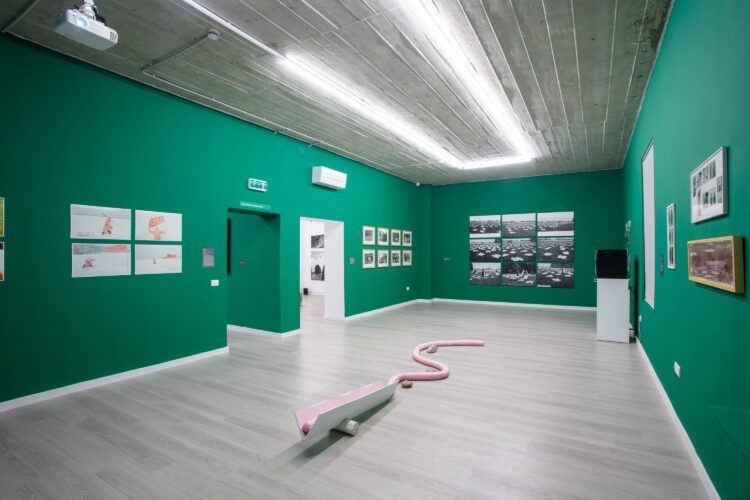

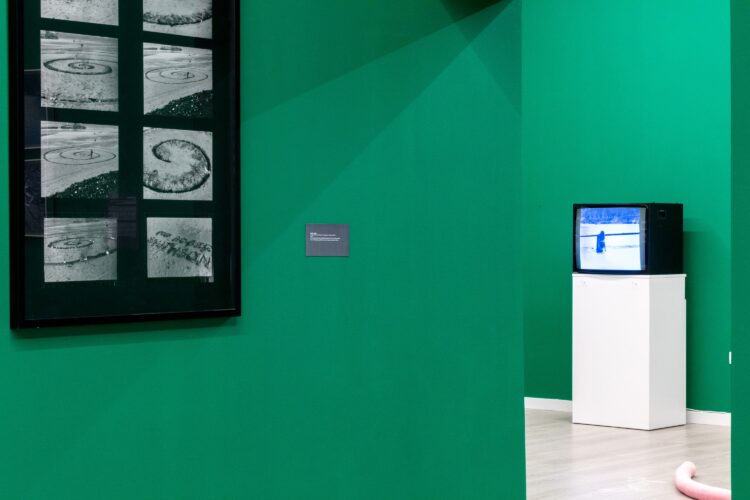

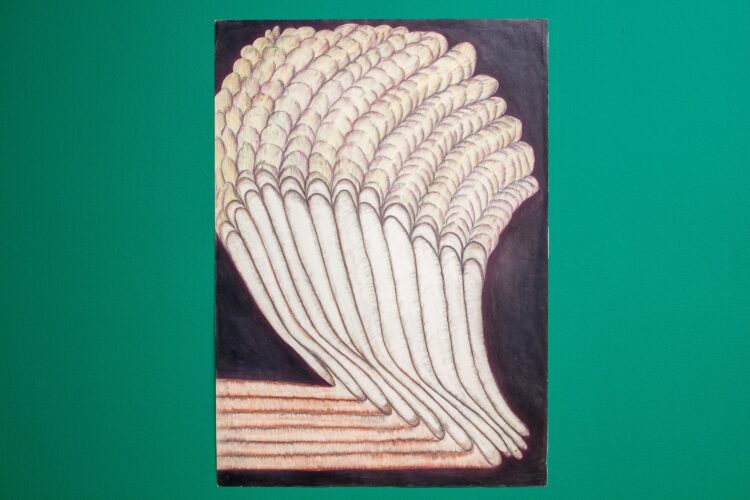

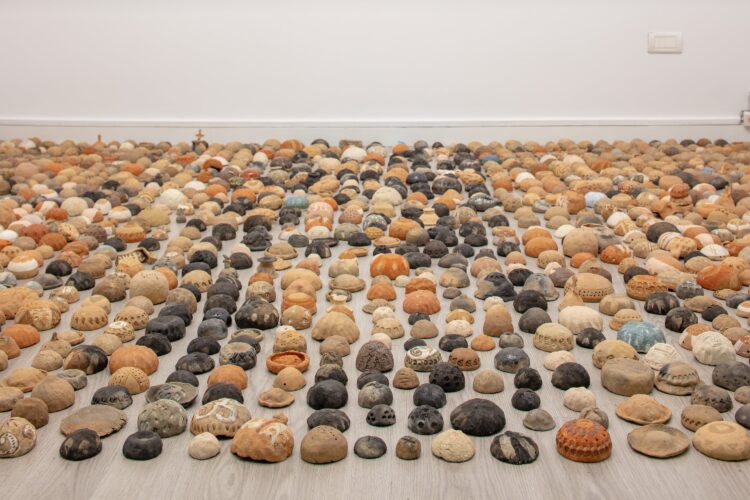
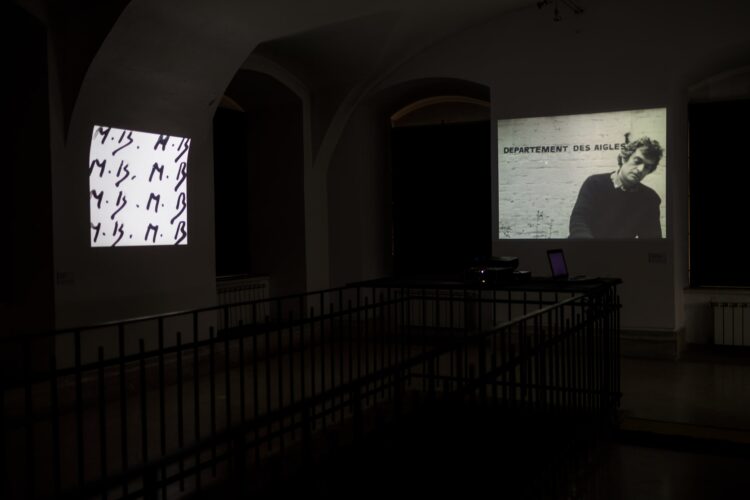

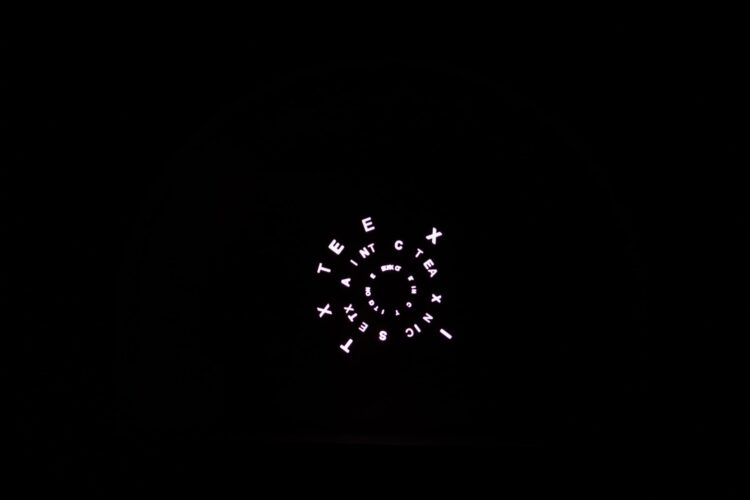

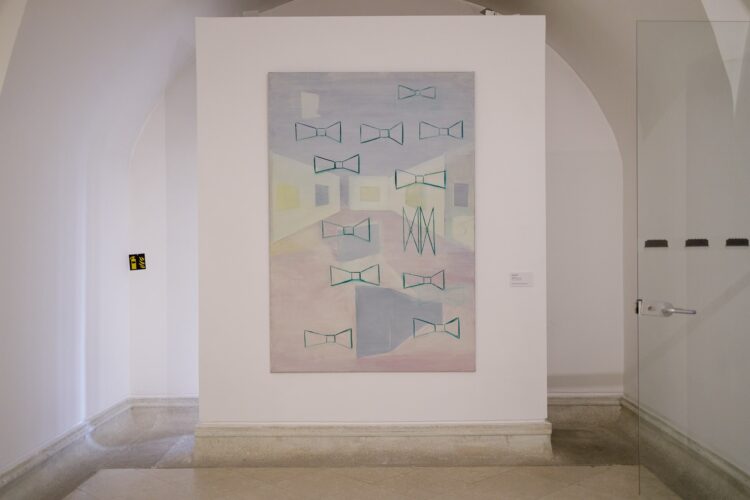



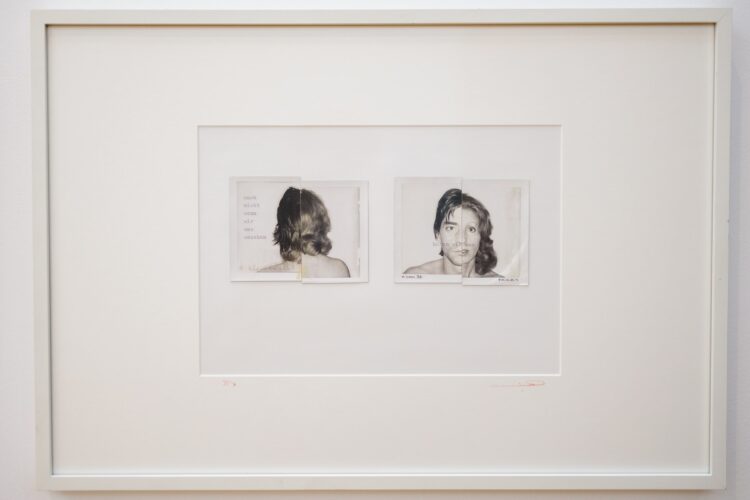
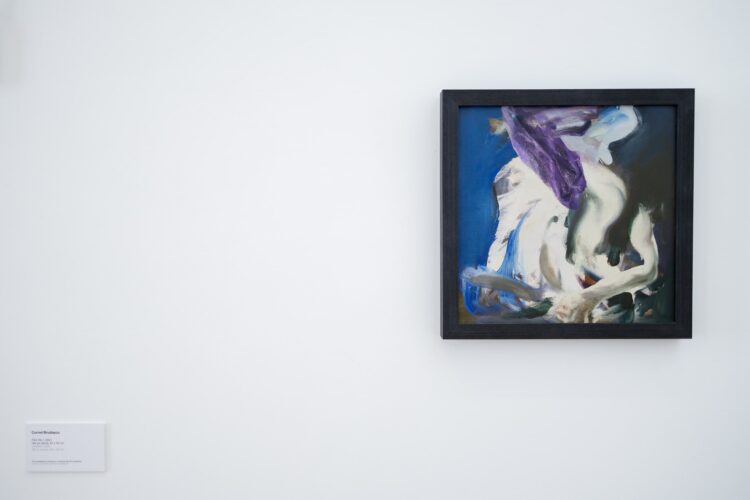
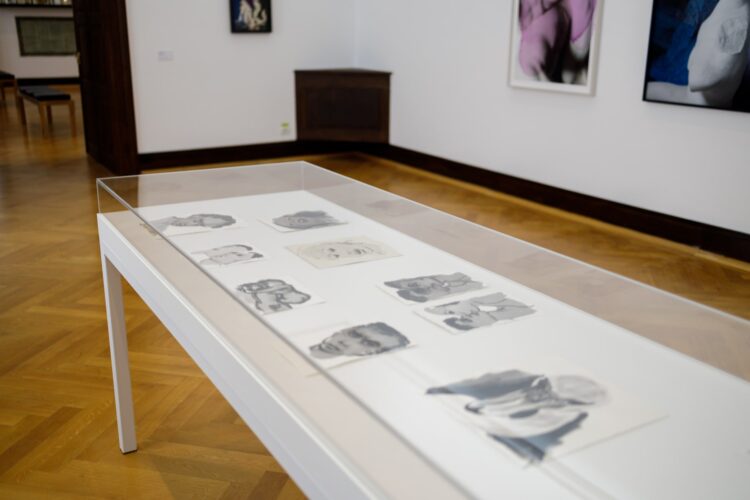



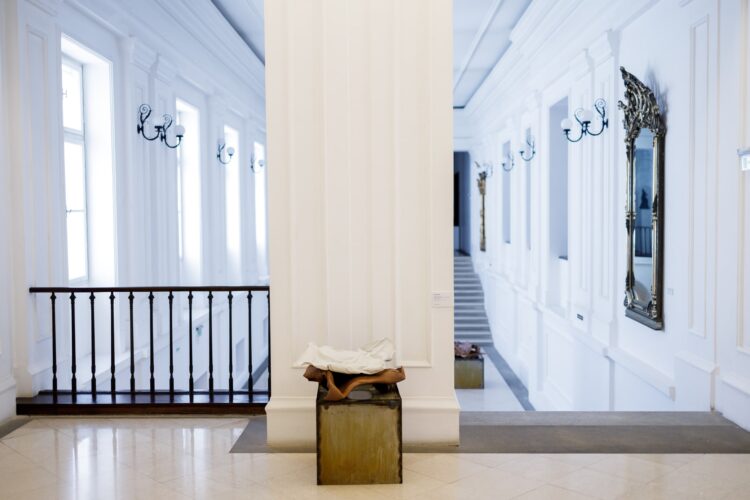
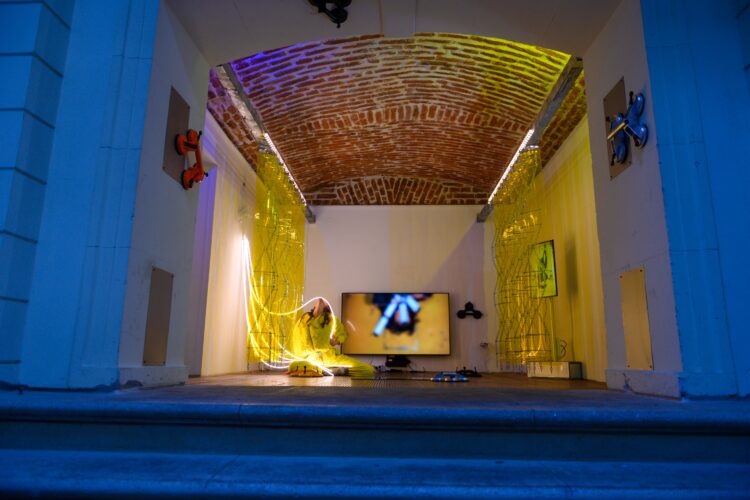
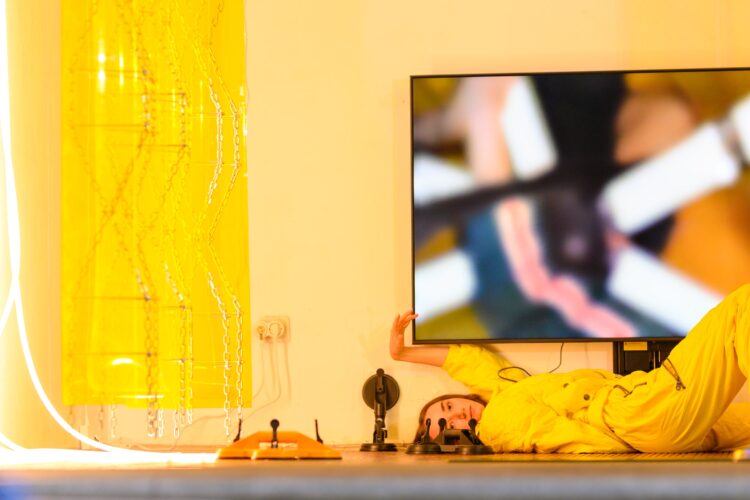

Comments are closed here.